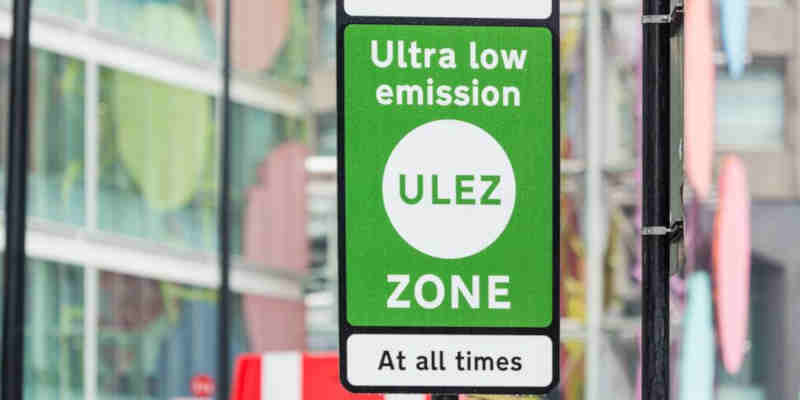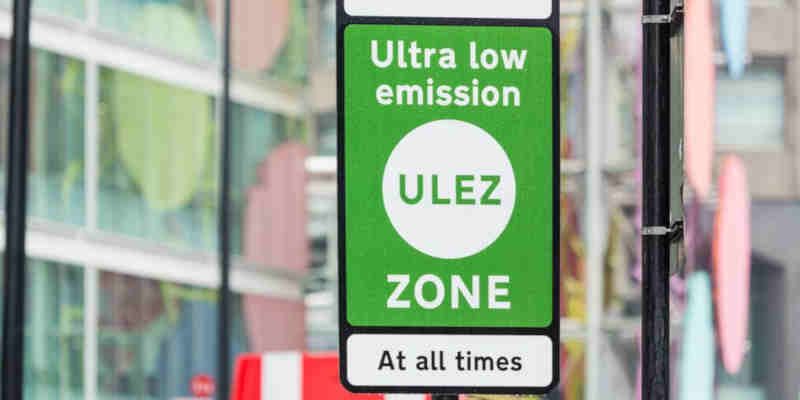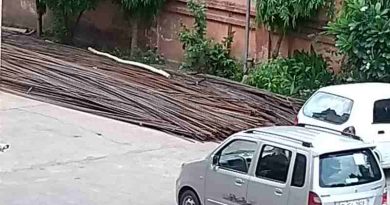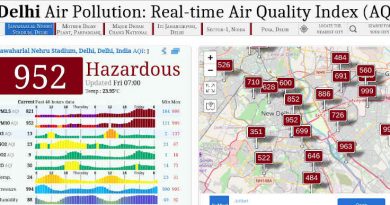World’s First Ultra Low Emission Zone Starts in London

The Mayor of London, Sadiq Khan, introduced on April 8 the world’s toughest vehicle emissions standard in central London to help reduce toxic air pollution and protect public health.
The Central London ULEZ (Ultra Low Emission Zone) will operate in the same area as the current Congestion Charge zone 24 hours a day, seven days a week, 365 days a year. It replaces the T-Charge and operates alongside the Congestion Charge.
Polluting vehicles account for around 50 percent of London’s harmful NOx air emissions. Air pollution has an economic cost to the capital of up to £3.7 billion every year, and £20 billion cost to the country every year.
The Ultra Low Emission Zone will help address London’s toxic air health crisis that currently leads to thousands of premature deaths annually, and increases the risk of asthma, cancer, and dementia.
[ Lethal Pollution Killing People in Delhi ]
“This is a landmark day for our city. Our toxic air is an invisible killer responsible for one of the biggest national health emergencies of our generation. I simply refuse to be yet another politician who ignores it. The ULEZ is the centrepiece of our plans to clean up London’s air – the boldest plans of any city on the planet, and the eyes of the world are on us,” said the Mayor of London, Sadiq Khan.
“This is also about social justice – people in the most deprived parts of London, who are least likely to own a car, suffer the worst effects of harmful air pollution. I will not stand by and watch children grow up with under-developed lungs in our city. The ULEZ is a vital step towards helping combat London’s illegal air,” the Mayor added.
Motorists who drive into the zone in a vehicle that does not meet the new emission standard (petrol vehicles that do not meet Euro 4 standards and diesel vehicles that do not meet Euro 6) will have to pay a daily charge.
Petrol vehicles that meet the standard have been widely available since 2006. There will be two ULEZ charge levels: £12.50 a day for cars, vans, and motorbikes and £100 a day for lorries, buses, and coaches.
A major awareness campaign has been underway for more than nine months to ensure drivers and businesses are ready for the ULEZ, with TfL’s online vehicle checker being used more than 3.2 million times during this period.
The ULEZ is the centrepiece of a range of hard-hitting measures the Mayor has implemented to tackle London’s toxic air. Now 6,950 buses (75 percent of all TfL buses) – including all buses operating in the ULEZ zone – meet or exceed the new emission standards.
By October 2020 every bus in London – all 9,200 of TfL’s fleet – will meet or exceed the ULEZ standards – an unprecedented transformation to make London’s famous red buses go green.
The most recent data on air pollution in London reveals that more than two million Londoners still live in areas that exceed legal limits for NO2, 400,000 of whom are children under the age of 18.
King’s College London research has found that, if the Mayor had not implemented a series of hard-hitting measures to tackle pollution, London’s air would not come into compliance with legal limits for another 193 years.
However, with the Mayor’s air pollution measures, King’s College analysis indicates that London’s air will reach legal limits in six years. The number of schools exceeding the legal limit for NO2 is expected to fall from over 450 in 2016 to 5 in 2020 and zero in 2025.




